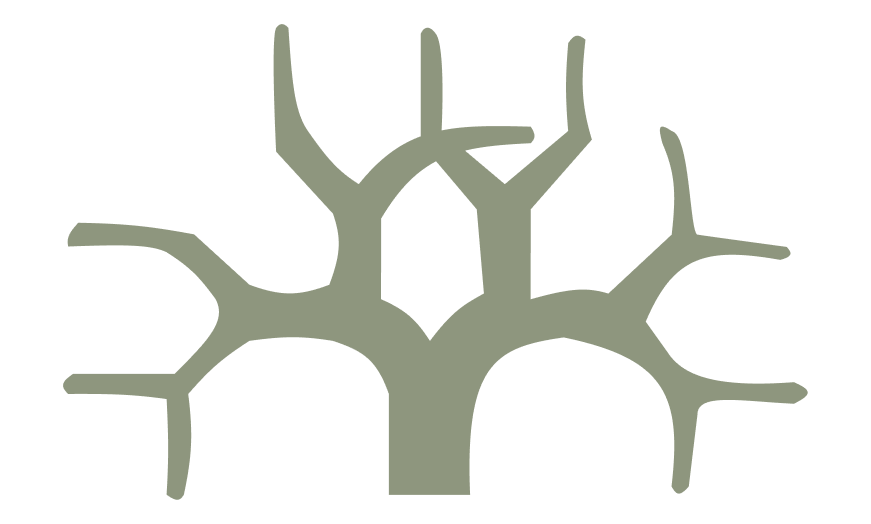Machine Learning Foundations
Mathematical Foundations
Overview
Essential mathematical concepts for machine learning
Learning Objectives
- Master linear algebra basics
- Understand probability theory
- Work with statistics
- Apply calculus concepts
- Implement optimization methods
Learning Resources
Mathematics for ML
MIT's ML math course
MIT OCW
Neural Networks
Visual math explanations
3Blue1Brown
Mathematics for ML
Comprehensive ML math
Cambridge
Linear Algebra
Interactive math practice
Khan Academy
Scientific Computing
Math computation tools
NumPy
CS229 Math
ML math review
Stanford
ML Theory
Theoretical foundations
Cornell
ML Mathematics
Interactive problems
Brilliant
Mathematics for ML
Imperial College London
Coursera
Math Visualizations
Visual math tools
GeoGebra
Practical Applications
Data Analysis
Statistical methods
Example: Implementing PCA
Model Development
Mathematical optimization
Example: Gradient descent implementation
Feature Engineering
Data transformation
Example: Vector space transformations
Practice Problems
- Implement matrix operations
- Apply statistical methods
- Create optimization algorithms
- Solve calculus problems
Supervised Learning
Overview
Fundamental supervised learning algorithms and concepts
Learning Objectives
- Understand regression models
- Master classification methods
- Work with neural networks
- Apply validation techniques
- Implement learning algorithms
Learning Resources
CS229
Stanford's ML course
Stanford
Elements of Statistical Learning
Classic ML text
ESL
Practical Deep Learning
Applied ML course
fast.ai
ML in Python
ML library docs
scikit-learn
ML Crash Course
Interactive ML learning
Neural Networks
Deep learning tutorials
TensorFlow
CS189
ML fundamentals
Berkeley
ML Competitions
Real-world problems
Kaggle
Deep Learning
Advanced ML concepts
DeepMind
Deep Learning
Neural network framework
PyTorch
Practical Applications
Computer Vision
Image processing
Example: Building image classifiers
Natural Language
Text processing
Example: Implementing sentiment analysis
Predictive Analytics
Data prediction
Example: Creating forecasting models
Practice Problems
- Implement linear regression
- Create neural networks
- Build classification models
- Design validation methods
Unsupervised Learning
Overview
Pattern discovery and dimensionality reduction techniques
Learning Objectives
- Master clustering algorithms
- Understand dimensionality reduction
- Work with autoencoders
- Apply generative models
- Implement feature learning
Learning Resources
Deep Learning
MIT's deep learning
MIT
Generative Models
Advanced ML research
OpenAI
CS231n
Computer vision course
Stanford
Hands-On ML
Practical ML guide
O'Reilly
Deep Learning
Neural network examples
Keras
Deep Learning
CMU's advanced course
CMU
ML Experiments
ML experiment tracking
Weights & Biases
Neural Networks
Advanced ML framework
JAX
Deep Learning
NYU's deep learning
NYU
ML Benchmarks
State-of-the-art ML
PapersWithCode
Practical Applications
Data Mining
Pattern discovery
Example: Implementing clustering
Anomaly Detection
Outlier identification
Example: Building detection systems
Generative AI
Content generation
Example: Creating generative models
Practice Problems
- Implement clustering algorithms
- Create autoencoders
- Build generative models
- Design feature extractors
